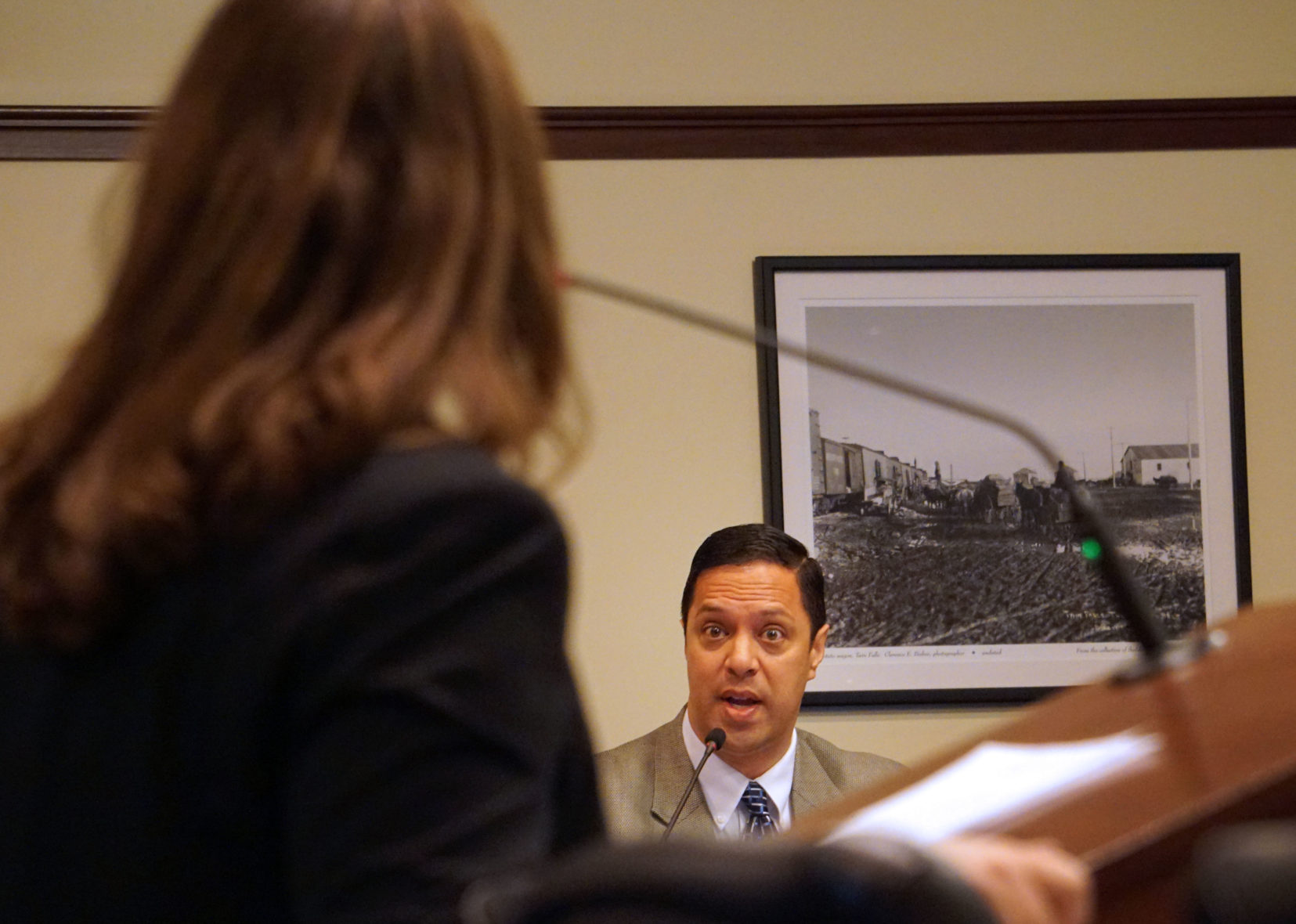
When it comes to a school funding formula, even definitions can be complicated stuff.
That became quickly apparent Wednesday, as the House Education Committee worked its way through the new funding formula “definitions” bill. (Full first-day coverage here from Idaho EdNews’ Clark Corbin.)
Let’s first remember what this new bill does not do. It does not rewrite Idaho’s 25-year-old school funding formula. That far-reaching bill isn’t going anywhere this year. The one bill that is still on the table, and headed to the House for a vote, would try to define student groups.
If and when Idaho reworks its funding formula — and moves to a model based on student enrollment — schools would receive additional dollars to teach at-risk students. English language learners and students that fall into other groups. So these definitions do matter.
They’re just not easy to write.
Two sticking points stuck out from Wednesday’s committee hearing.
Economically disadvantaged students. The bill uses a time-honored definition of student poverty — eligibility for free or reduced-price lunch. That’s straightforward enough.
Things get complicated when it comes to the Community Eligibility Provision, a federal program that allows high-poverty schools to serve free lunch to all of their students, regardless of income.
As worded, the funding formula bill would not consider every student in a CEP school as “economically disadvantaged.” That category would take in only students who would be eligible for a lunch subsidy, based on their family income.
But here’s the catch. No one really knows for sure how many students in a CEP school would be eligible for lunch subsidies based on family income. And school administrators might not even have the legal authority to ask, Nampa School District finance director Randy Dewey told lawmakers Wednesday. All they can do is look at how many students qualify for programs such as Food Stamps, and determine whether their schools qualify for CEP.
And this isn’t a trivial matter. All told, 93 Idaho schools qualify for CEP, said April Burton, business manager for the Caldwell School District. Every school in the Caldwell district uses the CEP designation.
Teacher salaries. Not a student definition, but another trouble spot.
The bill restates Idaho’s minimum teacher salary — already mandated under state law. But it also creates a new minimum. For educators who make their way through the three “residency” rungs of the teacher career ladder and reach the first “professional” rung of the career ladder, the state would guarantee a minimum salary of $42,500.
The Idaho Education Association says it will oppose the bill if the language stays intact. Union president Kari Overall warned of the “unintended ripple effects” of inserting a new minimum salary into state law. She said it would destabilize local salary schedules, which need not mirror the career ladder’s guidelines, and complicate labor negotiations.
The IEA’s comments irked Sen. Lori Den Hartog, a Meridian Republican who has spent months working on funding formula legislation. “Why would the (IEA) not support a minimum salary for those educators who have earned their professional endorsement?” Den Hartog said on Twitter.
The bill says schools “shall” pay the $42,500 minimum, but the wording isn’t meant to be a mandate, said Rep. Wendy Horman, R-Idaho Falls, a co-sponsor of the bill. However, she said sponsors can clarify the matter in the bill’s statement of purpose, an attachment to the bill.
No one is pitching the bill as a perfect piece of legislation, or even a finished product. They readily recognize the need to clean up their bill through the rulemaking process.
It should be no surprise, three years into the funding formula debate. Nothing is simple, not even the definitions designed to clear things up.
